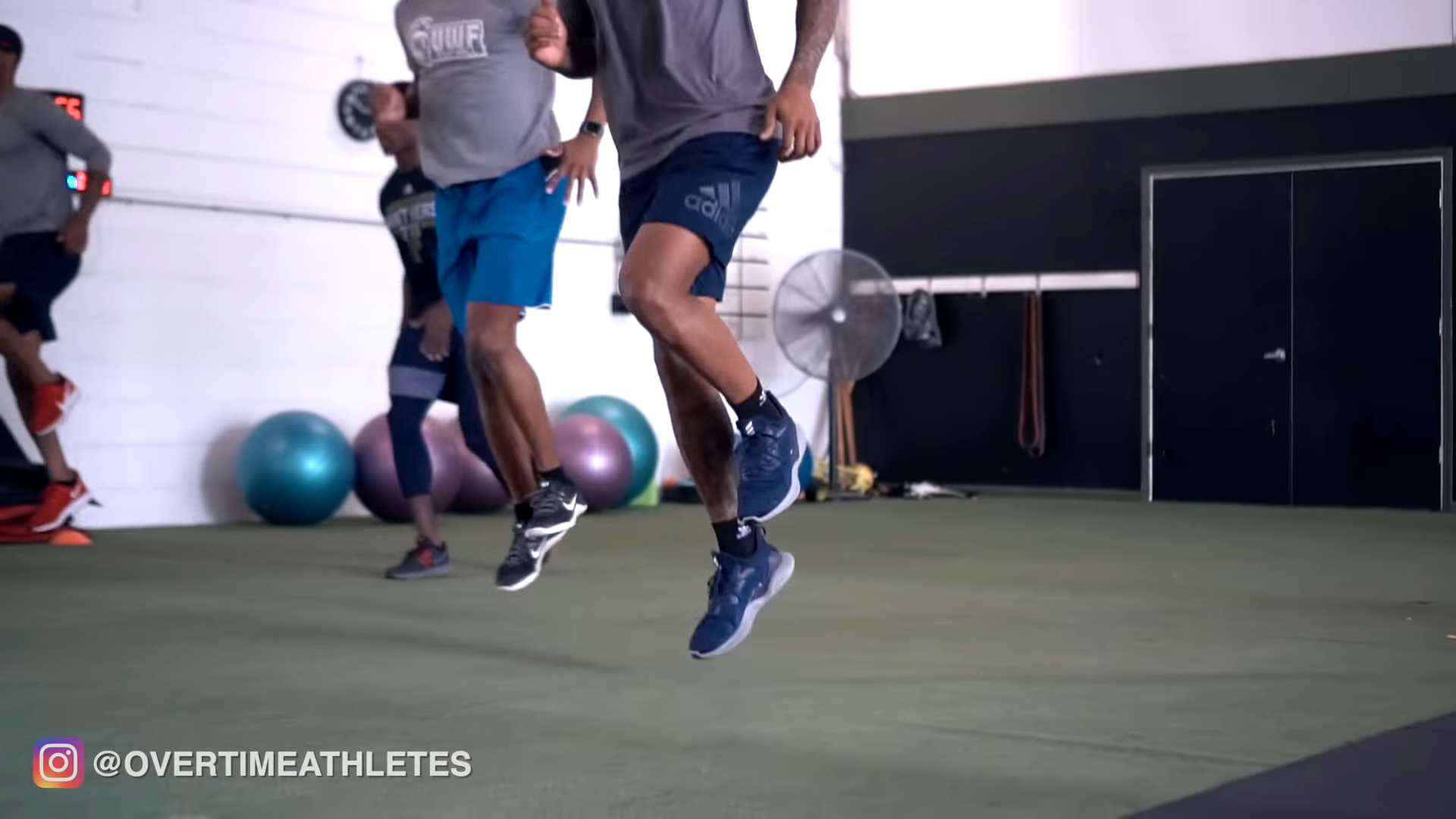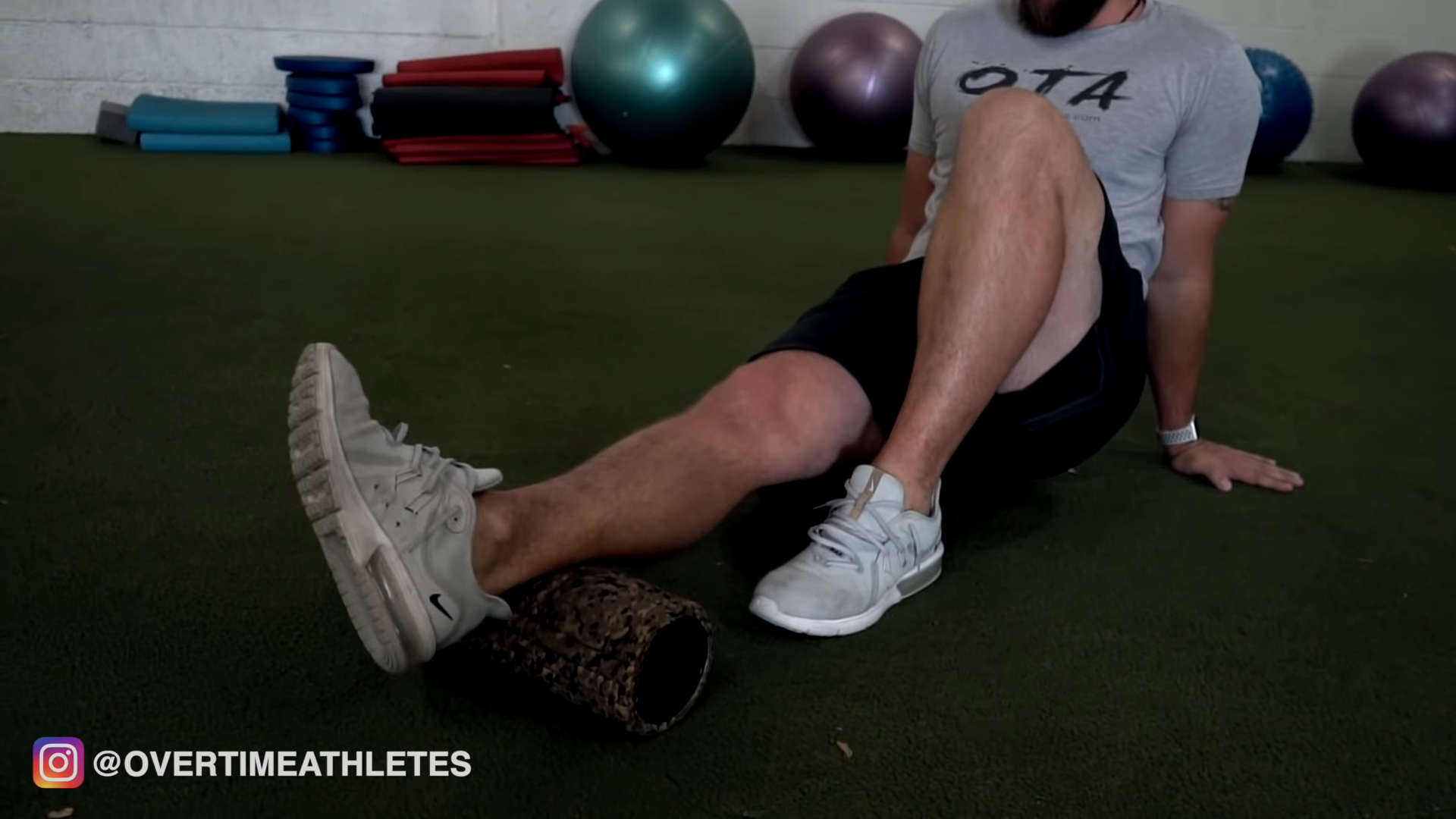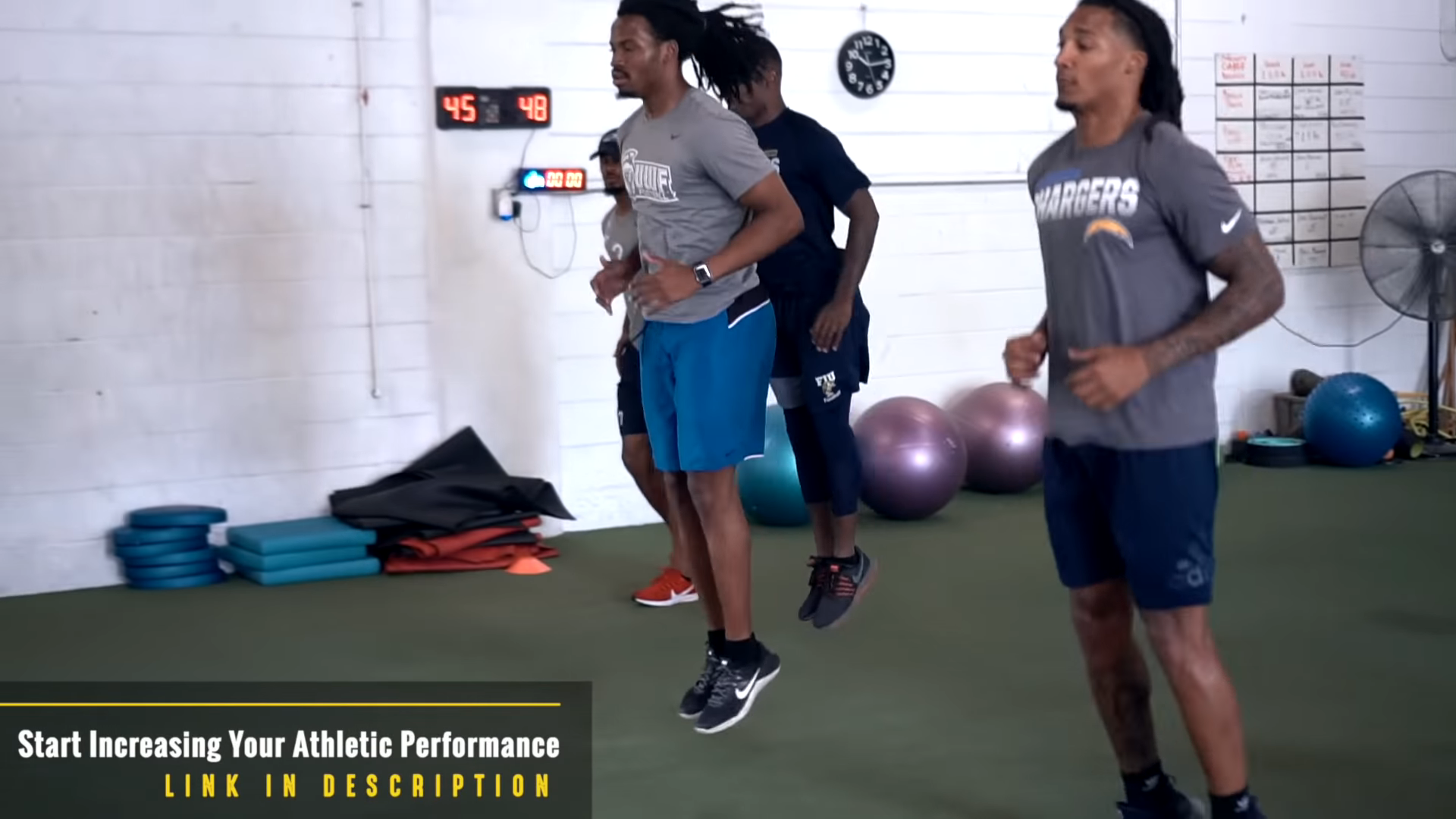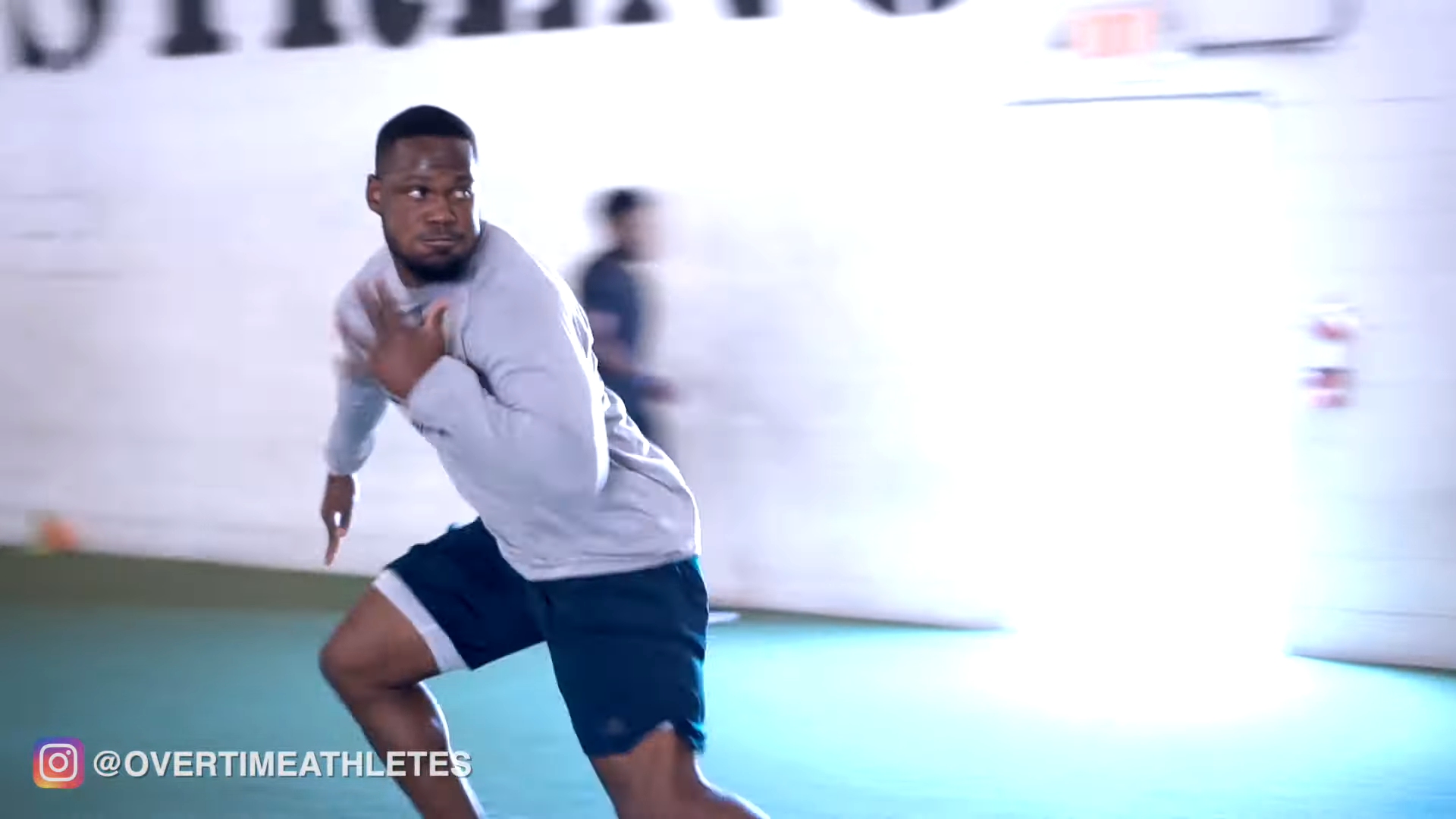Lower Limb Training for More Explosiveness
The Most Important Thing Coaches Aren’t Addressing

The other day, I received a DM from another coach. He asked me my opinion of what the most important things coaches aren’t addressing is. My short answer? Lower limb training.
A lot of coaches, myself included, get stuck in their comfort zone in regards to training. They train the posterior chain, hit your standard push and pull patterns. But they often overlook structural deficiencies. Many of them are nestled in the lower limb.
That includes anything below the knee.
I was put on to this idea by Pete Bommarito when I went to one of his workshops. He does a whole series dedicated to the lower limb.
After that workshop, I started to notice deficiencies in my athletes that stem from the lower limb.
That’s when I really dug into this, and that’s what I’m about to share with you.
Because addressing the lower limb and correcting deficiencies in those areas will result in more explosiveness, strength, and overall athleticism.
And it makes sense, because the lower limb is the first thing to strike the ground whether you’re jumping, sprinting, or cutting. More than that, a lot of athletes have deficiencies in the lower limb.
Since incorporating this into my athletes’ training, I’ve noticed their athleticism reach new heights.
Let’s get into it:
Lower Limb Training: Mobility

The first area I address in lower limb training is ROM. I work the athlete through a series of movements that will help them release synovial fluid in the joints and make it easier to move.
I also challenge them with ranges of motions they might see in their actual sport.
Currently I have a standard lower limb mobility series in my warm-up. It looks like this:
- Controlled Heel to Toe
The athlete strikes the ground with his heel, ankle dorsiflexed. From there, he’ll slowly lower the rest of his foot onto the ground. Then he’ll rock in a controlled manner onto his tip toe.
2. Heel to Toe Using Momentum
This movement is the same as the last, except you’ll let your momentum carry you from your heel onto your toe.
3. Heel Walks
The athlete will dorsiflex both ankles and walk 10 yards on his heels
4. Toe Walks
The athlete gets onto his toes and balls of his feet and walks 10 yards
I might also take some time to perform ankle circles with the athlete. I’ll challenge the athlete to push his ankle through new ranges of motion.
Lower Limb Training: Dynamic/Elastic Strength
Next, I address the dynamic and elastic strength of the lower limb.
This is key to building a strong foundation that can seamlessly transfer energy and avoid injury.
There are two groups of functions of the ankle that I address.
The first is flexion and extension.

Flexion and extension of the lower limb occurs during jumping and sprinting. I build the rigidity of the lower limb during these functions with a series of pogo jumps.
These include pogo jumps that are vertically focused and horizontally focused. As you get better at them, you can perform unilateral pogo jumps. Just remember to try and limit the involvement of the knee and hip.
The next group is inversion and eversion of the lower limb.

Inversion and eversion of the lower limb occur during quick cuts and changes of direction. I build the rigidity of the ankle and foot during these functions with lateral pogo jumps as well as line hops.
I utilize these movements in almost every training session, and with great results.
Lower Limb Training: Strength Auxiliaries
If you’ve been following me for a while, you know I like to break out into unilateral auxiliaries for strength. Particularly a Bulgarian Split Squat or some variation of reverse lunge.
When I perform these movements now, I have the athlete either on a platform or on the ball of his foot.
This allows the athlete to experience resistance without pushing through the heel.
This kills two birds with one stone. I’m still elevating the ankle complex while also getting a heavy stimulus for the rest of the body with my compound lifts.

And when you’re performing on the field, common sense tells you that you’re rarely trying to strike the ground with your heel. Most of the force is absorbed and expressed through the ball of the foot. I just made a slight alteration to account for this and I’ve been seeing great results.
Lower Limb Training: Self Correction

I’ve noticed incredible results since implementing Lower Limb Training into my athletes’ programming.
One of the most staggering things I’ve noticed is that some athletes are self-correcting their jumping and sprinting mechanics without having to address those deficiencies.
This isn’t the case all the time. But, with some athletes, once they increase their foot strength, they’re correcting a lot of their mechanical issues.
And this is why this kind of lower limb training is a staple of Athletic Speed System.
Athletic Speed System addresses everything you need to become a more explosive sprinter:
- Elastic strength
- Core stability
- Posterior strength
- Lower limb structure
- Mechanics
- Acceleration Explosiveness
And more.
You can find the 14 Week complete speed training system below:
Click Here to Find Out How YOU Can Become a More Explosive Sprinter